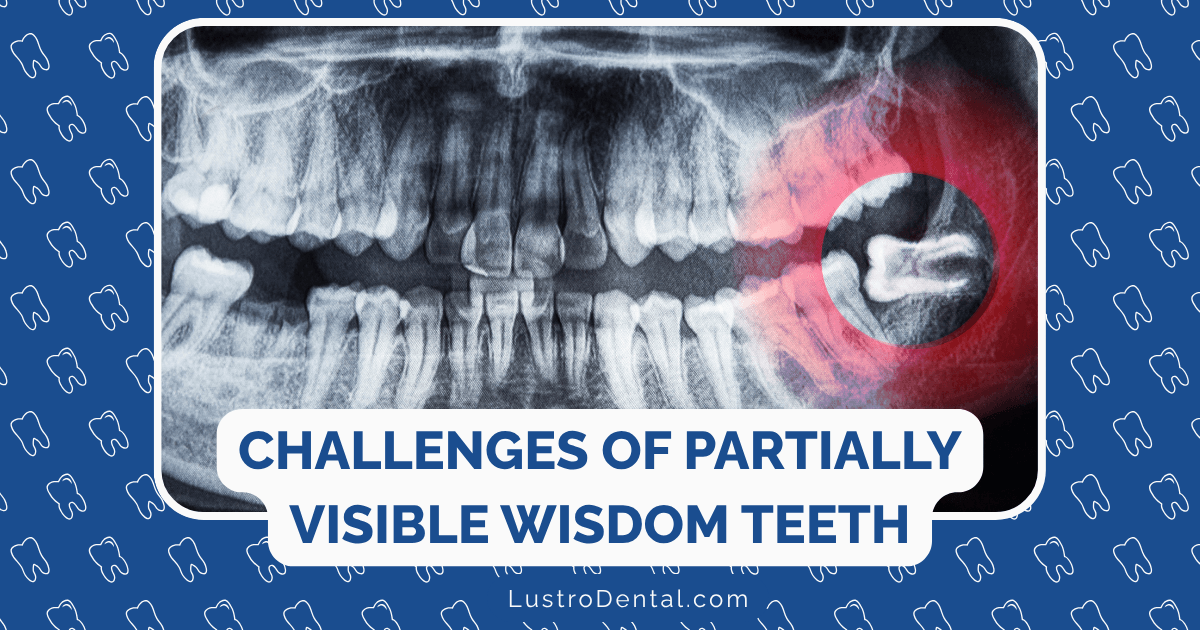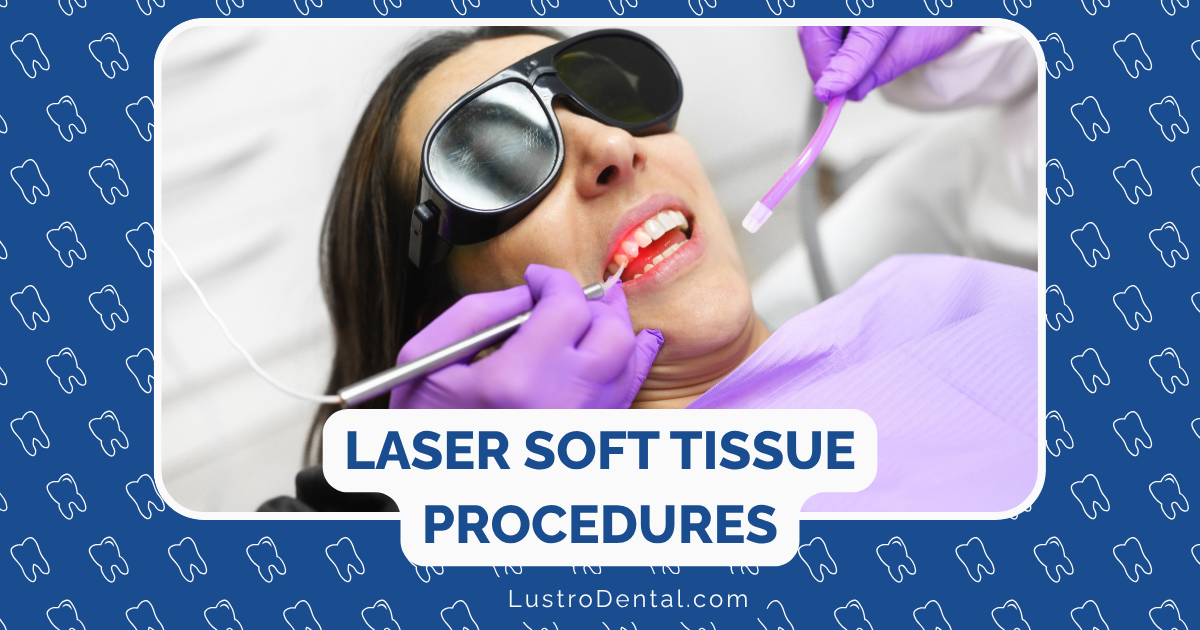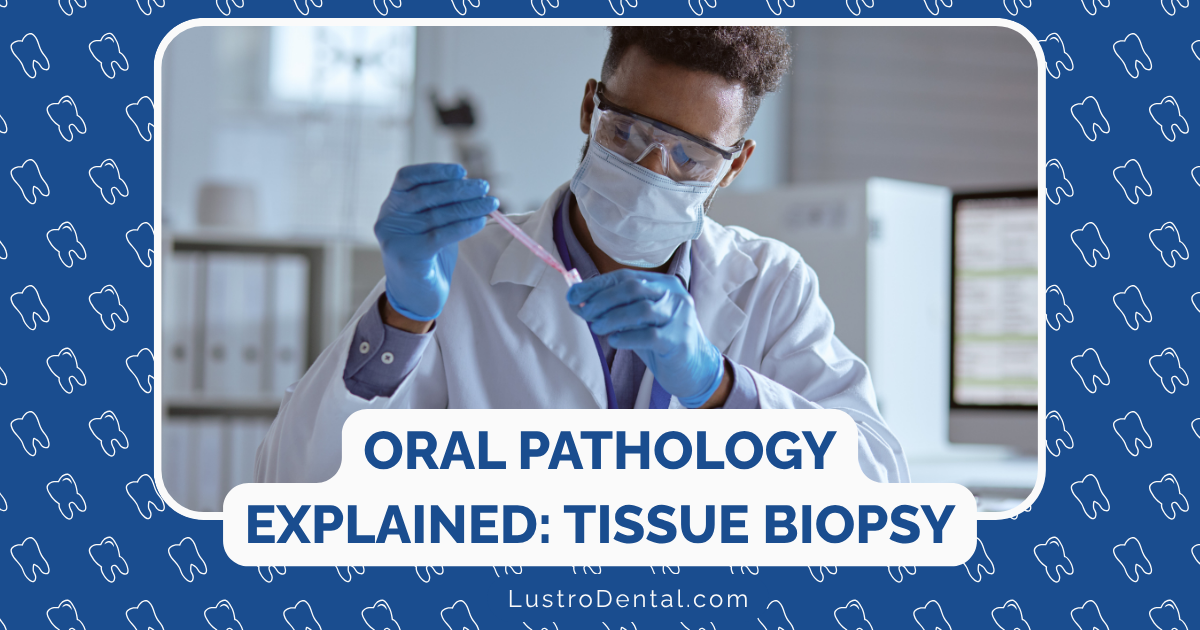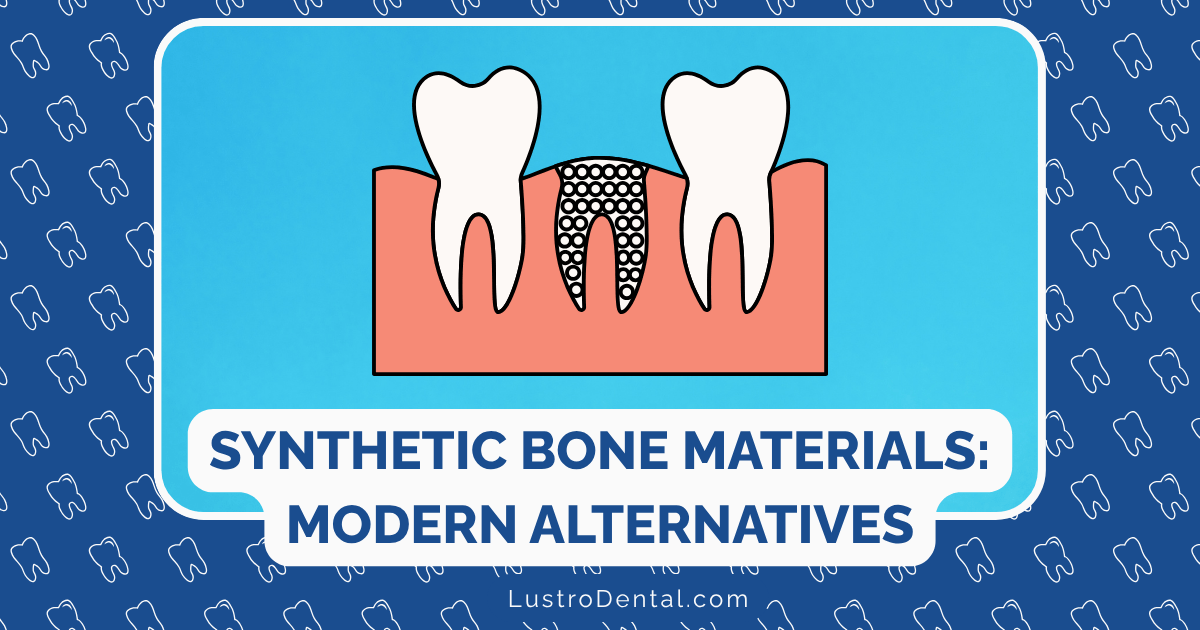Partial Eruption Problems: The Unique Challenges of Partially Visible Wisdom Teeth

When it comes to wisdom teeth, those third molars that typically emerge in our late teens or early twenties, there’s a particular scenario that often causes the most trouble: partial eruption. These teeth, caught in limbo between being fully impacted (completely beneath the gums) and fully erupted (completely visible), present unique challenges that can lead to significant oral health issues.
As someone who’s guided many patients through dental health decisions, I’ve seen firsthand how partially erupted wisdom teeth can create problems that are both painful and potentially serious. Let’s explore why these “in-between” teeth deserve special attention and what you can do if you’re facing this common dental dilemma.
Understanding Partial Eruption: The Dental No-Man’s Land
Wisdom teeth are considered partially erupted when only a portion of the tooth has emerged through the gum tissue. According to the Mayo Clinic, this partial visibility creates a unique environment where the tooth isn’t fully functional for chewing but is exposed enough to create potential problems.
Why Does Partial Eruption Happen?
Several factors contribute to partial eruption:
- Insufficient space: Most modern human jaws simply don’t have enough room for these third molars to fully emerge
- Angled growth: Wisdom teeth often grow at angles (mesial, distal, or horizontal) rather than straight up
- Obstruction: Adjacent teeth or bone can block the complete eruption path
- Genetic factors: Jaw size and tooth development patterns are largely inherited
Dr. Sarah Johnson of the American Dental Association explains, “Partial eruption is actually more problematic than complete impaction in many cases. When a tooth is fully impacted, it’s protected by bone and gum tissue. When partially erupted, it creates a direct pathway for bacteria to enter deeper tissues.”
The Perfect Storm: Why Partially Erupted Teeth Are Uniquely Problematic
Partially erupted wisdom teeth create a perfect environment for problems to develop. Here’s why they’re particularly challenging:
1. The Operculum: A Bacterial Trap
What it is: The operculum is a flap of gum tissue that partially covers the crown of the emerging wisdom tooth.
Why it’s problematic: This flap creates a pocket where food debris and bacteria can become trapped but are extremely difficult to clean. According to research published in the Journal of Oral and Maxillofacial Pathology, these pockets become ideal breeding grounds for anaerobic bacteria—the kind that thrive in oxygen-poor environments and cause significant infections.
2. Cleaning Challenges: The Unreachable Tooth
Partially erupted wisdom teeth are notoriously difficult to clean effectively because:
- They’re located at the very back of the mouth
- Standard toothbrushes struggle to reach them properly
- Flossing is challenging or impossible when only part of the tooth is visible
- The surrounding inflamed tissue is often tender, making thorough cleaning painful
Studies show that even with excellent oral hygiene practices, these areas remain significantly more prone to plaque buildup than other teeth.
3. Pericoronitis: The Signature Infection
The most common complication of partially erupted wisdom teeth is pericoronitis—inflammation and infection of the tissue surrounding the crown of the tooth.
Prevalence: According to clinical research, pericoronitis affects up to 81% of adults in the 20-29 age group with partially erupted wisdom teeth at some point.
Symptoms include:
- Intense pain radiating to the ear, throat, or floor of the mouth
- Swollen, red gum tissue around the wisdom tooth
- Bad taste or odor from the area
- Difficulty opening the mouth (trismus)
- Swollen lymph nodes under the jaw
- Fever and general malaise in severe cases
Dr. Michael Chen of Colgate Oral Health Center notes, “What makes pericoronitis particularly challenging is its tendency to recur. Even after successful treatment, the condition often returns unless the underlying cause—the partially erupted tooth—is addressed.”
4. Damage to Adjacent Teeth: The Domino Effect
Partially erupted wisdom teeth often emerge at angles that put pressure on neighboring second molars. This can lead to:
- Root resorption (deterioration) of the adjacent tooth
- Increased cavity risk on the back surface of the second molar
- Periodontal (gum) disease that affects otherwise healthy teeth
- Bone loss between the teeth
A study published in the Journal of the American Dental Association found that second molars adjacent to partially erupted wisdom teeth had a 4.5 times higher risk of developing decay compared to second molars next to fully erupted or missing wisdom teeth.
5. Cyst and Tumor Development: The Hidden Danger
Though less common than infection, partially erupted wisdom teeth have a higher association with the development of dental cysts and tumors than fully impacted teeth.
The risk: Research indicates that approximately 2-3% of partially erupted wisdom teeth will develop pathological changes like cysts or tumors if left in place long-term. While this percentage may seem small, it represents a significant risk when considering the millions of people with partially erupted wisdom teeth.
Recognizing the Warning Signs: When to Seek Help
If you have partially erupted wisdom teeth, be vigilant for these warning signs that indicate developing problems:
Early Symptoms:
- Mild, intermittent discomfort around the wisdom tooth
- Slight redness or tenderness of the gum tissue
- Food frequently trapped around the area
- Mild bad breath or unpleasant taste
Advanced Symptoms:
- Severe, persistent pain that may radiate to the ear, jaw, or throat
- Swelling of the gum tissue, cheek, or jaw
- Difficulty opening the mouth or swallowing
- Fever or general illness
- Visible pus or discharge from around the tooth
Dr. Lisa Wong of Brush 365 Dental emphasizes, “Don’t wait until you’re in severe pain to seek treatment. The earlier we address issues with partially erupted wisdom teeth, the simpler the treatment typically is.”
Management Options: From Conservative to Surgical
The approach to managing partially erupted wisdom teeth depends on the severity of symptoms and individual factors. Options include:
Conservative Management:
Improved Oral Hygiene:
- Specialized cleaning techniques using an interdental brush or irrigator
- Antimicrobial mouth rinses containing chlorhexidine
- Regular professional cleanings to remove buildup in hard-to-reach areas
For Mild Pericoronitis:
- Warm salt water rinses (½ teaspoon salt in 8 oz warm water) several times daily
- Over-the-counter pain relievers
- Careful cleaning beneath the gum flap
According to the Cleveland Clinic, conservative management may be appropriate for patients who are not good surgical candidates or when the wisdom tooth is expected to fully erupt soon.
Intermediate Interventions:
Operculectomy:
- Surgical removal of the gum flap covering the partially erupted tooth
- Creates better access for cleaning
- May allow for complete eruption if space permits
Antibiotics:
- Prescribed for active infections
- Common options include amoxicillin, clindamycin, or metronidazole
- Not a long-term solution but may provide temporary relief
Definitive Treatment:
Extraction:
- Removal of the partially erupted wisdom tooth
- Eliminates the source of the problem
- Prevents recurrence of infection and other complications
Research published in the International Journal of Oral and Maxillofacial Surgery indicates that extraction is the most effective long-term solution for recurrent problems with partially erupted wisdom teeth, with success rates exceeding 95%.
The Extraction Decision: Factors to Consider
If you’re weighing whether to have a partially erupted wisdom tooth removed, consider these factors:
In Favor of Extraction:
- History of infections: Recurrent episodes of pericoronitis suggest the problem will continue
- Age: Younger patients (late teens to early 20s) generally experience easier surgery and faster healing
- Tooth position: Unfavorable angles that won’t allow for complete eruption
- Space limitations: Insufficient jaw space for the tooth to fully emerge
- Damage to adjacent teeth: Evidence of impact on neighboring teeth
- Difficulty maintaining hygiene: Inability to keep the area clean despite best efforts
Potential Reasons to Monitor Instead:
- Single mild episode: One minor infection that resolves completely
- Near-complete eruption: Tooth is almost fully emerged and functional
- Adequate space: Sufficient room exists for the tooth to fully erupt
- Good hygiene access: Area can be effectively cleaned
- Medical contraindications: Health conditions that increase surgical risks
Dr. James Miller of Vanyo Dentistry advises, “While we don’t automatically recommend removing all partially erupted wisdom teeth, patients should understand that monitoring requires commitment to excellent oral hygiene and regular dental visits to catch problems early.”
Prevention and Home Care: Managing Partially Erupted Wisdom Teeth
If you’re living with partially erupted wisdom teeth that haven’t yet been removed, these strategies can help minimize problems:
Daily Hygiene Practices:
- Targeted brushing: Use a small-headed toothbrush with soft bristles to reach the area
- Water irrigation: Consider a water flosser on a gentle setting to flush out food debris
- Antimicrobial rinses: Use as directed by your dentist, typically after meals
- Interdental brushes: These can sometimes access areas around partially erupted teeth better than traditional floss
Dietary Considerations:
- Avoid problematic foods: Seeds, popcorn, and small grains can easily become trapped under gum flaps
- Rinse after eating: Even plain water can help dislodge food particles
- Stay hydrated: Good saliva flow helps naturally cleanse the mouth
Regular Monitoring:
- Keep dental appointments: Professional cleanings and examinations are crucial
- Report changes promptly: Notify your dentist of any pain, swelling, or other symptoms
- Follow through with X-rays: These help track the tooth’s position and detect early signs of problems
When to Act Urgently: Recognizing Serious Complications
While most issues with partially erupted wisdom teeth develop gradually, certain symptoms warrant immediate attention:
- Rapidly spreading swelling: Especially if it extends to the eye, neck, or affects breathing or swallowing
- Fever above 101°F: Particularly when accompanied by wisdom tooth pain
- Inability to open the mouth: Severe trismus can be a sign of spreading infection
- Difficulty swallowing: May indicate infection spreading to the throat
These symptoms could indicate a serious spreading infection that can, in rare cases, become life-threatening. Conditions like Ludwig’s angina (infection of the floor of the mouth) can develop from untreated wisdom tooth infections and require emergency care.
Final Thoughts: The Proactive Approach
Partially erupted wisdom teeth occupy a challenging middle ground—neither fully visible for function nor safely enclosed within the gums. This unique status creates ongoing risks that often outweigh the benefits of keeping these teeth.
While not every partially erupted wisdom tooth will cause problems, the statistics suggest that many eventually will. According to the American Association of Oral and Maxillofacial Surgeons, the majority of patients with partially erupted wisdom teeth will experience at least one episode of related complications.
By understanding the unique challenges these teeth present, you can make informed decisions about your oral health and work with your dental provider to develop the best plan for your specific situation.
Have you experienced issues with partially erupted wisdom teeth? Share your experience in the comments below to help others navigating this common dental challenge.
This article is for informational purposes only and does not constitute medical advice. Always consult with a dental professional about your specific situation.







